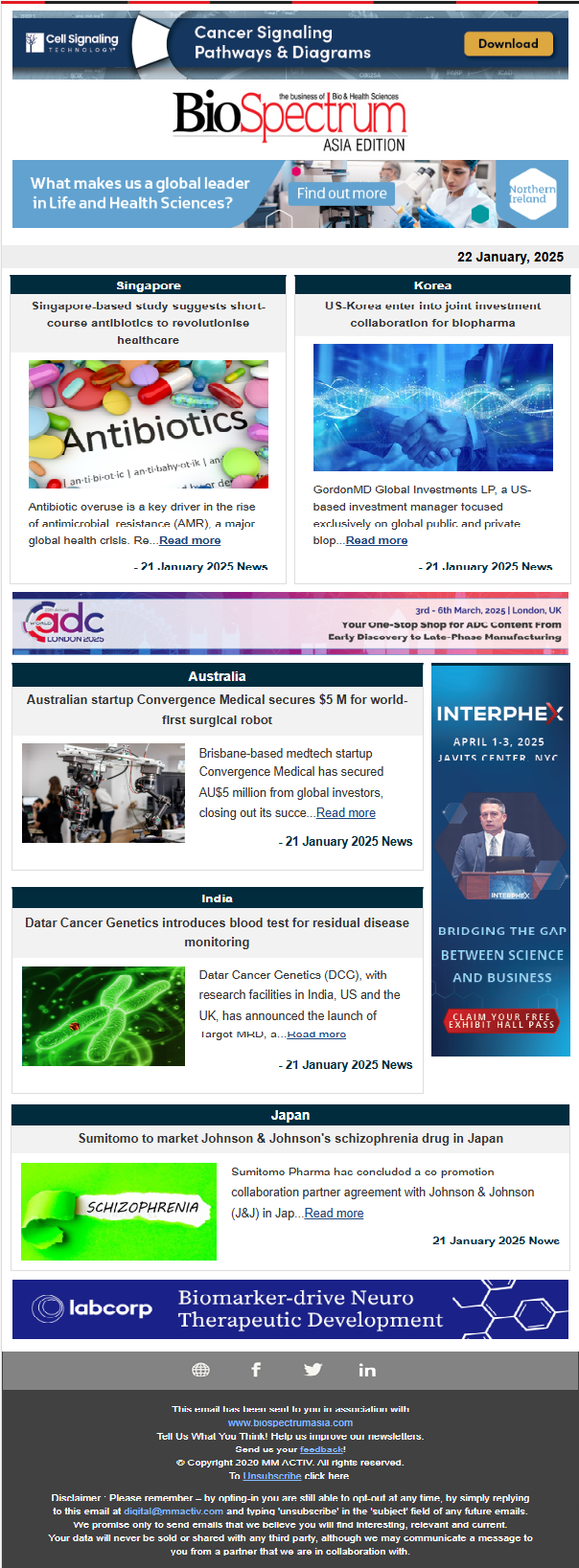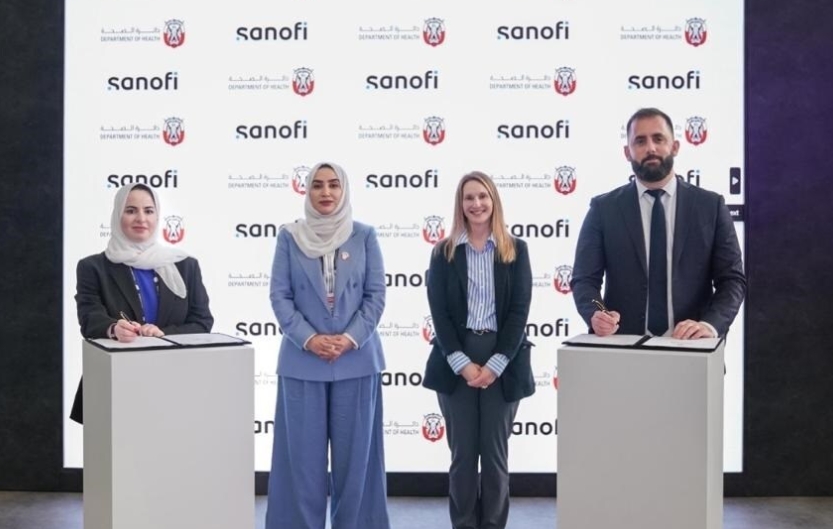
image credit- shutterstock
Innovation in Percutaneous Coronary Intervention (PCI) (formerly called angioplasty) procedures helps to better manage coronary artery disease (CAD) not just in older patients, but in younger patients living longer, more active lives. The number of PCI procedures with stents has risen dramatically in Malaysia in recent years and is set to see further significant growth, driven by rising cardiovascular disease prevalence, demographic shifts, and technological advancements. The market is projected to expand from $18 million in 2022 to $27 million by 2030, reflecting a compound annual growth rate (CAGR) of 4.95 per cent.
Worryingly, this growth is not just being driven by the ageing population but also by cardiovascular disease presenting in younger patients. Data from the National Health and Morbidity Survey reveals a concerning upward trajectory in cardiovascular morbidity and mortality in recent years, particularly among younger people, with over 35.2 per cent of heart attack fatalities aged below 60 years of age according to the Ministry of Health (MoH).
The data also shows the average age of Malaysian patients undergoing PCI is 57, significantly younger than the global average of 65 and 14 years younger than Japan’s average age of 71. As the average age of stent recipients lowers, it is highlighting an inherent problem with the current standard of care, the drug eluting stent (DES).
Drug-eluting Stents
The introduction of the DES in 2003 and 2004 was one of the most significant and successful developments in the history of stent technology. The DES was designed to address restenosis, which is the narrowing of a blood vessel following a PCI, within or immediately adjacent to a previously stented region. This was a common complication with bare-metal stents, which the DES overcame by releasing medication to prevent the re-narrowing of arteries, thus significantly improving the outcomes in interventional cardiology. This innovation reduced restenosis rates to less than 10 per cent, a dramatic improvement from the 32 to 55 per cent seen in the early days.
While the DES has become a cornerstone in the treatment of coronary artery disease (CAD), it still has several limitations, such as Rigid Structure- Traditional rigid stents prevent the natural movement and pulsation of the artery, which can lead to complications such as restenosis and late stent thrombosis; Permanent Implantation- This can interfere with the artery's natural healing process and lead to long-term complications; Risk of Adverse Events- There is a risk of adverse events such as heart attacks and the need for repeat procedures. With contemporary DES, very-late stent-related events, including ischemia-driven target lesion revascularisation (TLR) and stent thrombosis, occur at a rate of roughly 2 per cent per year. Even after achieving successful initial outcomes, there is a consistent 1 to 2 per cent annual increase in target lesion failure (TLF).
A 1 to 2 per cent annual increase in TLF might not sound like much, but the risk compounds over the years. In medical statistics, risk accumulation is often calculated multiplicatively rather than additively. If the failure rate is 1 to 2 per cent per year, then the cumulative risk after 10 years would be approximately 9.6 to 18.3 per cent, depending on whether the annual risk is closer to 1 or 2 per cent. After 20 years, the failure risk would range between 18.1 and 33.2 per cent.
While far from ideal, the TLF rate was, and is, considered acceptable when the average age of a stent recipient was 65 or older. But as patients get younger and have the potential to live longer, active lives, that failure risk has become less acceptable, bringing to raise the need for a PCI implant with better long-term performance.
New Innovations in PCI Procedures
Data from large patient registries, such as the SWEDE-HEART registry, shows that while some stents perform better than others, none of the newer DES have resolved the long-term issue of incremental failures. This highlights the limitations of stents as a long-term solution and underscores the need for continued innovation to address the underlying issues of CAD.
Since the introduction of DES, there has not been a successful major technological advance in stent technology for over two decades. However, results from ongoing studies such as the INFINITY-SWEDEHEART Trial, published in The Lancet in November 2024 indicate that a novel technology is set to challenge the dominance of DES in the PCI market. The DynamX Drug Eluting Coronary Bioadaptor System (bioadaptor), was developed as a long-term solution to address the concerns and limitations of conventional DES.
The SWEDEHEART trial provides robust evidence supporting the efficacy and safety of the bioadaptor compared to contemporary DES in PCIs performed in Sweden. The single-blind, non-inferiority, registry-based, randomised controlled trial included 2,399 patients undergoing PCI for chronic or acute coronary syndrome (CCS or ACS) who were randomised to receive either the bioadaptor or a contemporary brand of DES.
The primary outcome, target lesion failure (TLF), a composite of cardiovascular (CV) death, target vessel myocardial infarction (TV-MI), or ischemia-driven target lesion revascularisation (ID-TLR), was assessed at 12 months. The results demonstrated non-inferiority of the DynamX Bioadaptor compared to the DES, with TLF rates of 2.4 per cent V/s 2.8 per cent, respectively. Additionally, the DynamX Bioadaptor showed a significant reduction in TLF in patients with ACS and complex lesion subsets.
Potential Challenges and Future Direction
The future of the bioadaptor looks promising, but it is essential to address potential concerns and challenges that may arise in its adoption and implementation.
Learning curve for clinicians: The introduction of the new bioadaptor may require training and education programmes to help cardiologists understand its unique benefits and become proficient in its use.
Reimbursement: Although already available in some Asian countries including Malaysia, securing reimbursement from healthcare payers will be a critical step for the widespread adoption of the bioadaptor.
Patient selection and indications: Identifying the appropriate patient population and indications for the use of the bioadaptor is crucial. Ongoing research and real-world experience can also help refine patient selection criteria and optimise outcomes.
The bioadaptor has significant implications for healthcare systems and economies worldwide. Reducing the need for repeat procedures and long-term complications is an important benefit for younger stent recipients and can lead to cost savings for both patients and healthcare providers in the long run, as well as improved quality of life for the patient. Additionally, the reduced risk of adverse events can lead to shorter hospital stays, fewer follow-up visits and decrease the burden on healthcare facilities and resources.
Authors-
Dr Tamil Selvan Muthusamy, Consultant Cardiologist, Cardiac Vascular Sentral, Kuala Lumpur, Malaysia
Dr Hafidz Abd Hadi, Consultant Cardiologist, Institut Jantung Negara, Kuala Lumpur, Malaysia




